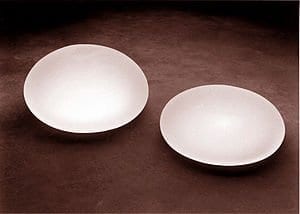
This discovery opens the door to a great deal of applications
Controlling and modifying at will the transparency, electrical properties, and stiffness of a gel – such are the promises of a new discovery by re-searchers supported by the Swiss National Science Foundation (SNSF). This marks an important step for materials used in healthcare, high-tech, and the cosmetics industry.
At the mention of gel, we immediately imagine extravagant hairstyles. In fact, this material is hiding everywhere: from contact lenses to ink, from sensors to medical electrodes and even breast implants. Their ultra-absorbent properties, flexibility, and grip make them appealing to researchers and manufacturers. They consist of a network of solids that can retain up to 99% of liquid while maintaining their shape. EPFL researchers have just published (*) how to combine two gels in such a way that they can monitor and change, almost at will, the properties of the new combined material.
In sight and in focus
Involved in research on lens transparency, Giuseppe Foffi had the idea to transpose his research to gels in general. In the case of the eye, this SNSF Professor highlighted how the mixture of two proteins with very specific characteristics rendered the organ transparent. Applied to gels, this method can predict how the two materials will aggregate to form a new one.
Work undertaken in Cambridge by Erika Eiser and his group has pro-duced a material that researchers have named “bigel”. The researchers managed to create it so quickly by combining DNA fragments with nanoparticles, a technique in which they are specialized. The DNA can be connected with different particles to produce gels with various pre-determined properties.
Reversibility
By varying the size of the network of “bigel” particles on the microscopic level, it is possible to adjust light in a controlled manner. The physicists can determine to what light the gel is sensitive, by becoming more or less opaque. This is an interesting property in the field of photonics, which seeks to modulate, amplify, or filter light transmissions. The same type of plasticity is also possible for electrical particles.
Another interesting characteristic of “bigels” is their reversibility. Just heat them to separate the components. It is enough to see the particular way that solid particles adjust to obtain other features, for example optics, from the same compounds. It is possible to have materials whose properties are dependent on temperature.
A myriad of possibilities







